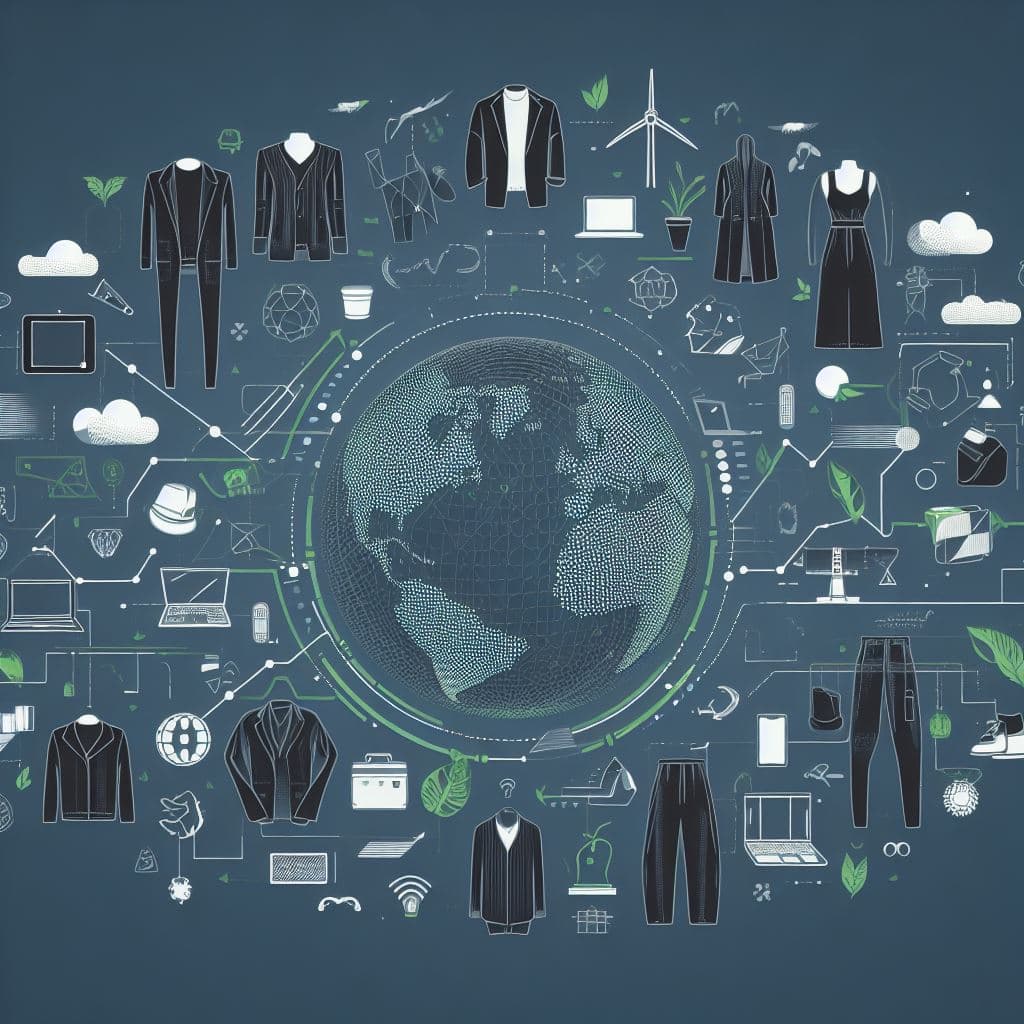Introduction
The fashion industry has long been a pillar of modern consumerism and culture, but it's also a significant contributor to environmental pollution and waste. Sustainable fashion technology aims to resolve this paradox by intertwining sustainability principles with technological innovation. This article explores how cutting-edge technological advancements are paving the way for a more sustainable future in fashion.
The Problem with Traditional Fashion
Fast fashion has a considerable environmental footprint, including high water consumption, waste, and CO2 emissions. Moreover, unethical labor practices are rampant. According to a report by the Ellen MacArthur Foundation, the fashion industry produces about 10% of global carbon emissions and nearly 20% of wastewater.
What is Sustainable Fashion Technology?
Sustainable fashion technology is an interdisciplinary field that combines the latest advancements in science and technology with ethical and ecological practices. It encompasses various initiatives, from recycling to smart textiles that are designed to minimize the environmental and social impact of fashion.
Recycling and Upcycling: Beyond the Bin
One way sustainable technology is revolutionizing fashion is through innovative recycling methods. Companies like Echogenetic use enzymes to break down waste polyester, transforming it into raw materials that can be reused. Brands like Reformation and Stella McCartney often employ upcycled materials in their collections.
Smart Textiles: The Future Fabric
Smart textiles are another avenue where technology is making strides in sustainability. These fabrics can change their properties based on external conditions. For instance, they can cool you down when you're hot and warm you up when you' re cold, reducing the need for separate clothing items for different seasons.
Wearable Tech and IoT: More Than Just Gadgets
Wearable tech like fitness trackers are popular, but their application in sustainable fashion is lesser-known. For example, IoT-enabled garments can provide data on how often a piece of clothing is worn, which can be used to improve its longevity and recyclability.
Ethical Practices and Transparency
Blockchain technology is helping to provide transparency in the fashion supply chain. Consumers can scan a QR code on a garment to learn about its origins, materials, and the ethical practices employed in its creation.
Conclusion
Sustainable fashion technology is not just a trend but a burgeoning sector that holds the promise of transforming the fashion industry from a polluting behemoth to a responsible, eco-friendly enterprise. As consumers, adopting and supporting these technologies can make a significant difference in creating a more sustainable future.
